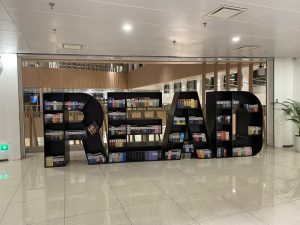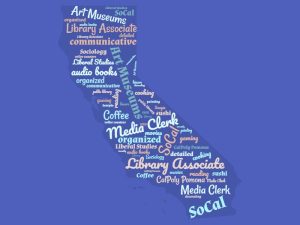Stories have the power to bring people together. The library houses countless stories! This means that the library is in a unique position to bring people together by using the power of storytelling. I will be sharing two of my personal favorite ways in which libraries are sharing stories. First up is the short story dispensers at Los Angeles Public libraries. Second, I will be sharing an organization that is partnered with the Library of Congress to share personal stories as told by people across the country. My third share is not library related, but it does center around storytelling, it is a podcast.
Over at LA Public library, there are short story dispensers that print out on receipt paper. Their social media advertisement for this neat feature was humorous and engaging and featured their social media “mascot,” a raccoon hand puppet. This short story dispenser is a charming and unique way for people to conveniently engage in stories. I encourage you to visit their Instagram and view the post.
Story Corp is an organization that is preserving stories in recorded format from all over the country. Average folks will sit down with StoryCorps to share their personal stories or interview a loved one. I first heard about this on NPR. Every Friday morning, a StoryCorps interview would be played. These stories are housed at the Library of Congress. It is important that these stories are available to the public and preserved to future generations to experience. It is important that every member of society be represented in stories and libraries play a crucial role in providing access to these stories.
Wiser than Me is a podcast hosted by the talented (and hilarious) Julia Louis-Dreyfus. Louis-Dreyfus interviews older women from various professions that are masters in their own right. She opens the podcast with a story of her own, typically related to the host. I liked this podcast in particular because it is a reflection of a statement that resonated with me in this module: “The underserved and the invisible should feel welcome and encouraged in our spaces, both physical, virtual and across the community itself.” Louis-Dreyfus interviews people that are amongst some of the most marginalized groups. All of the interviewees are women, and all of them are older women. To tie it all together, two women that I was assisting at the library in which I work, brought up Louis-Dreyfus’ interview with Dolores Huerta. L-D acknowledges that the women she interviews have life experiences, skills, talent, and wisdom that are of great importance and value. They share their stories, we get to absorb their brilliance. It is great!


